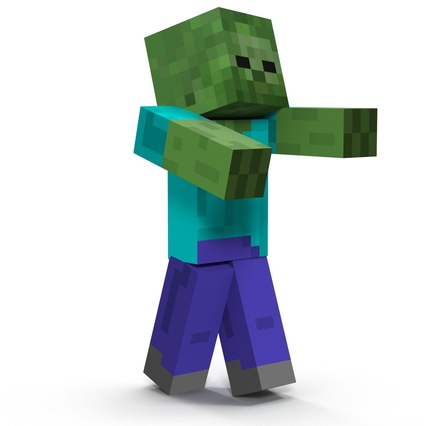How To Install Vismat Materials Sketchup 2014
Overview A special Standard material is provided with the V-Ray renderer. This allows for better physically correct illumination (energy distribution) in the scene, faster rendering, more convenient reflection and refraction parameters. Within the Standard material you can apply different texture maps, control the reflections and refractions, add bump and displacement maps, force direct GI calculations, and choose the BRDF for the material. Ebay Stealth Guide Pdf Download. Using the Material Editor The material editor can be opened using the Material icon located in the V-Ray toolbar. You can also get access to the V-Ray material editor using the SketchUp menu “V-Ray” then you can select “Material Editor”. The Standard V-Ray material is a material base on a layer. Kingpin Skinny Pimp Straight From The Projects here. The layer position is very important.

Nov 4, 2015 - This is an exclusive sketchup video presentation provided by Mufasu CAD. One will learn through step-by-step processes for using vismat materials for v-ray plugin. If anyone wants to use.VISMat file for v-ray sketchup, just attribute a material or color to face and label the material in sketchup. Open the Vray.
V-Ray reads the layer from top to bottom and you can have an unlimited number of layers. Due V-Ray material contain layers and some layers can block other layers, you need to use transparency to be able to see the layer below. For example, if you have two diffuse layers, you will have to add some grade of transparency to the top layer if you want to see the bottom layer.
The default material contains one active diffuse layer. Additional layers can be placed per RMB click on the material name. We have three main areas in the material editor. Area 1, is the material preview.
In this area you can have an interactive preview of your material. Area 2, is the Material list. In this area you can find a list of all the materials to be used in that particular SketchUp session. Area 3, is where you can find all the material and layer options. Any necessary material changes have to be done in this area.
V-Ray Material vs SketchUp Material V-Ray Material is a special material optimized for V-Ray render. The material is physically made, to allows the user get the correct effect without having to fake anything.
For example, once the reflection layer is added to the material, it will respond to the light condition in the physically correct way. You don’t have to worry about the highlight or any other aspect of the reflection, because V-Ray will take care of that for you. The same thing will happen with the refraction effect. The good news is that the V-Ray material editor is 100% compatible with the SketchUp material editor. Any change made in the SketchUp side will be automatically transfer to the V-Ray side making the material creation experience very easy. You can also use the SketchUp paint bucket to apply V-Ray materials due them being the same as SketchUp materials. You can change the scale of the texture in the SketchUp material and V-Ray will recognize that change.